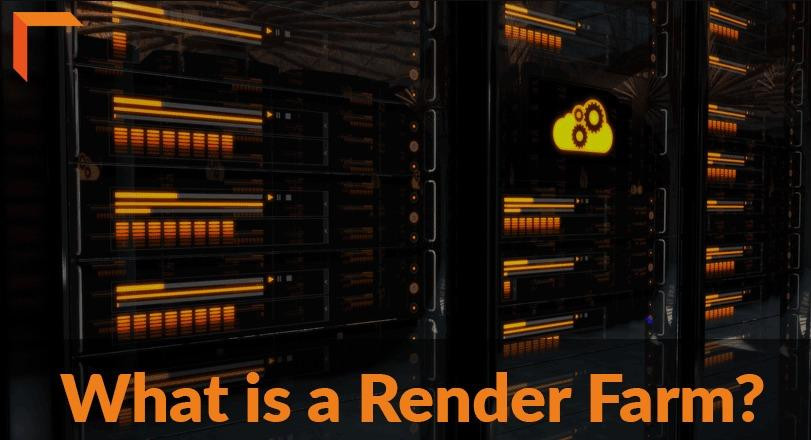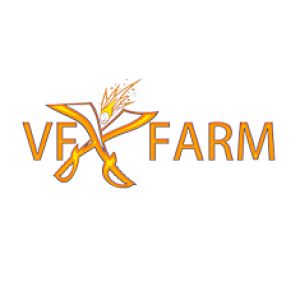What is a render farm?Posted by VFXfarm on November 20th, 2020 In the previous year I had bunches of collaborations with Blender specialists – whether or not they are as of now our clients or not. It's something I appreciate doing on an individual level, and it is additionally something that causes us adjust our homestead to all the more likely suit your necessities. During these discussions I was now and then got some information about what a render ranch is, the thing that it does and how is it possible that it would help in conveying a venture. That is the reason I chose to begin a small arrangement of articles, where I will attempt to address a portion of these inquiries. This initial segment centers around the fundamental inquiries: the what's and how's of render cultivating. What is a render farm? I am turning to VFXFARM for a formal definition of a render farm: “A render farm is high performance computer system, e.g. a computer cluster, built to render computer-generated imagery (CGI), typically for film and television visual effects.” From the end-user perspective, a render farm is a service that puts a lot of computing power at his disposal, with the purpose of helping him deliver his projects faster. How does it work? The process of using a render farm is pretty straightforward and it consists of just a few steps. The initial step is sending the venture to the homestead. Contingent upon the venture size and on the ranch area, this progression can be cultivated by essentially duplicating a record (for a homestead on your premises), transferring the document on HTTP, FTP or with a module, or actually sending a DVD with the task. The subsequent advance is dispatching the delivering. At this stage the homestead programming circulates the records to a few of its PCs, and they all beginning handling portions of the venture in equal. To do this, every one of the PCs that take an interest in the delivering cycle has its own occurrence of the 3D programming introduced and designed.
Obviously, contingent upon each homestead's product and design, the real activities expected to finish each progression may fluctuate. Be that as it may, the overall guideline stays as before for all homesteads. Are they all the same? As they say, there is more than one way to skin a cat, and this goes for render farms as well. They all do the same basic thing, but the way they can do it can be different. Let’s see the ones that are typically available to end users: Collaborative (or publicly distributed)
Home-built The user has several computers at home and uses them together to complete the rendering. They require a high level of tech skills to set up and use and, in some cases, programming is required. Cloud/Datacenter based. They use servers from datacenters for the rendering. Because of that, they are the most stable option. They also require the lowest level of tech skills to use. How does it help me? Using a render farm has a few advantages, out of which speed, convenience and risk mitigation are the most important ones. I’m going to briefly explain each one: Speed Having a task delivered on a few workers in equal implies that it will complete quicker. The speed lift can shift contingent upon a great deal of conditions, and it can go from multiple times to multiple times quicker. The most awesome outcomes are, obviously, when delivering activitys: envision delivering on 150 workers, every worker being multiple times quicker than your MacBook Pro. That summarizes to a challenging multiple times quicker. Or then again 1 hour rather than 18 days of delivering. Convenience When you send a project to a farm, you free your own computer. This means that you won’t have a constant source of noise and heat running 24/7 in your house or office. And it also means that you can use that computer to do other work. Or to play that great game you never have the time to finish. Risk mitigation Computers can overheat and shut down, or even break. Or the job could get cancelled due to a power failure. And it’s even worse if this happens on the night before the project deadline. Render farms deal with these events in a safe way for the user. Even when a server breaks or the power goes out, the rendering is moved to another machine. This means your renders will always be ready when you need them. For more information about Render farm servicer, visit vfxfarm.com. Like it? Share it! |



